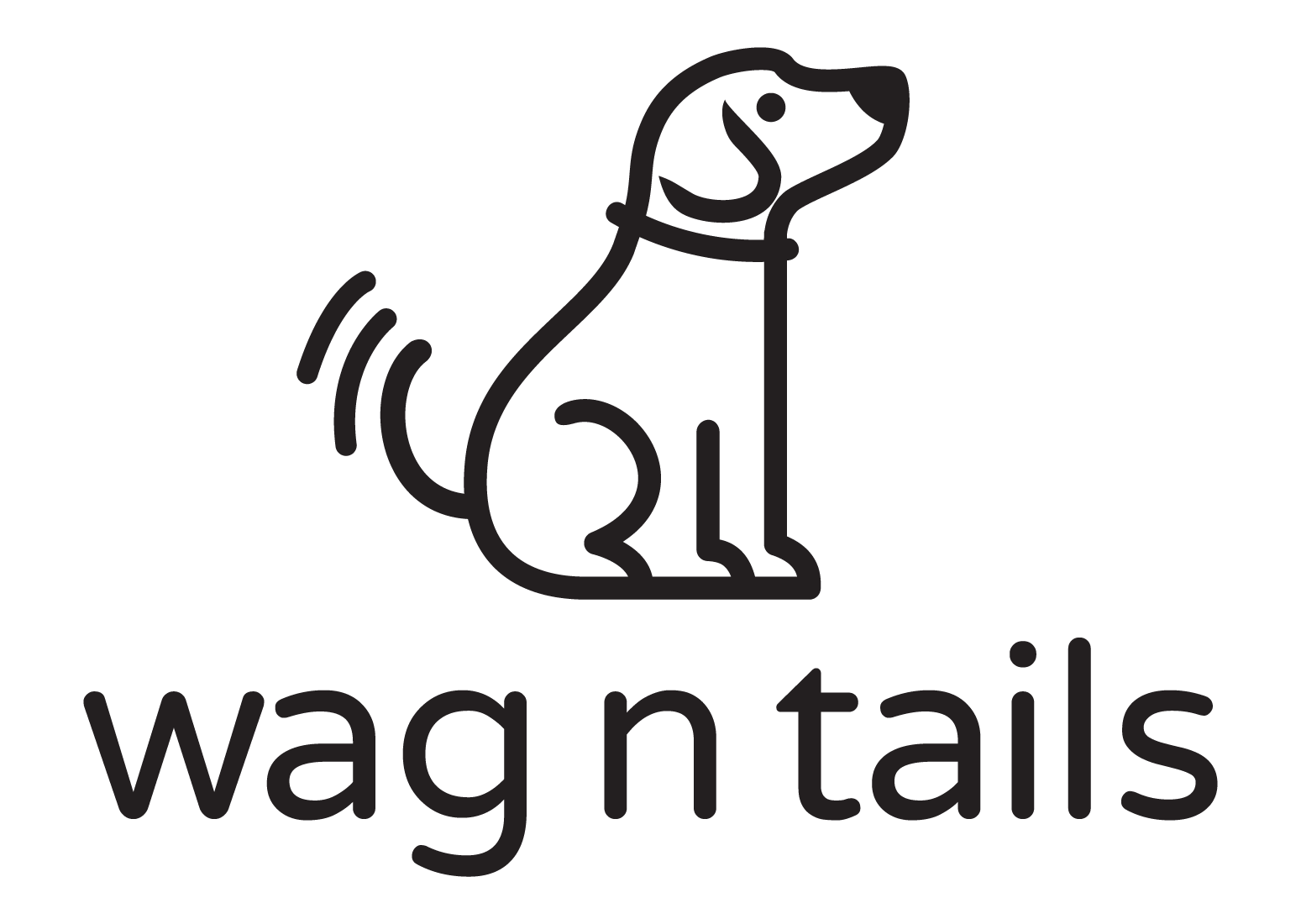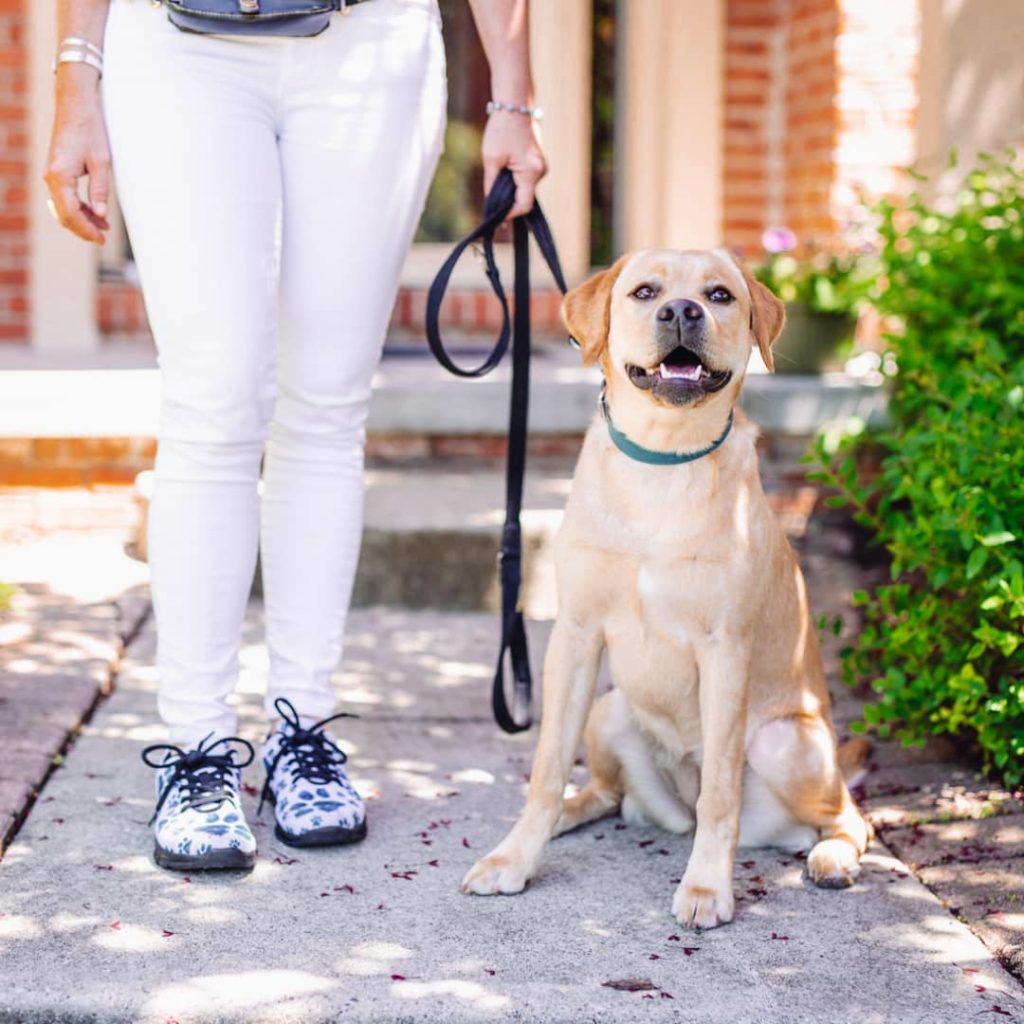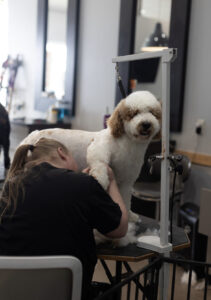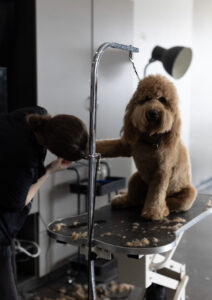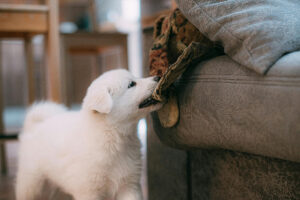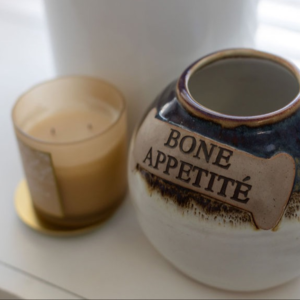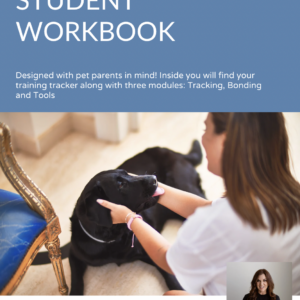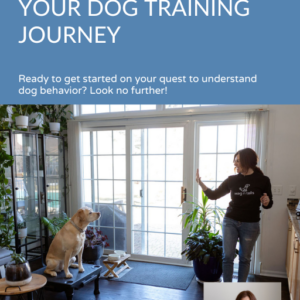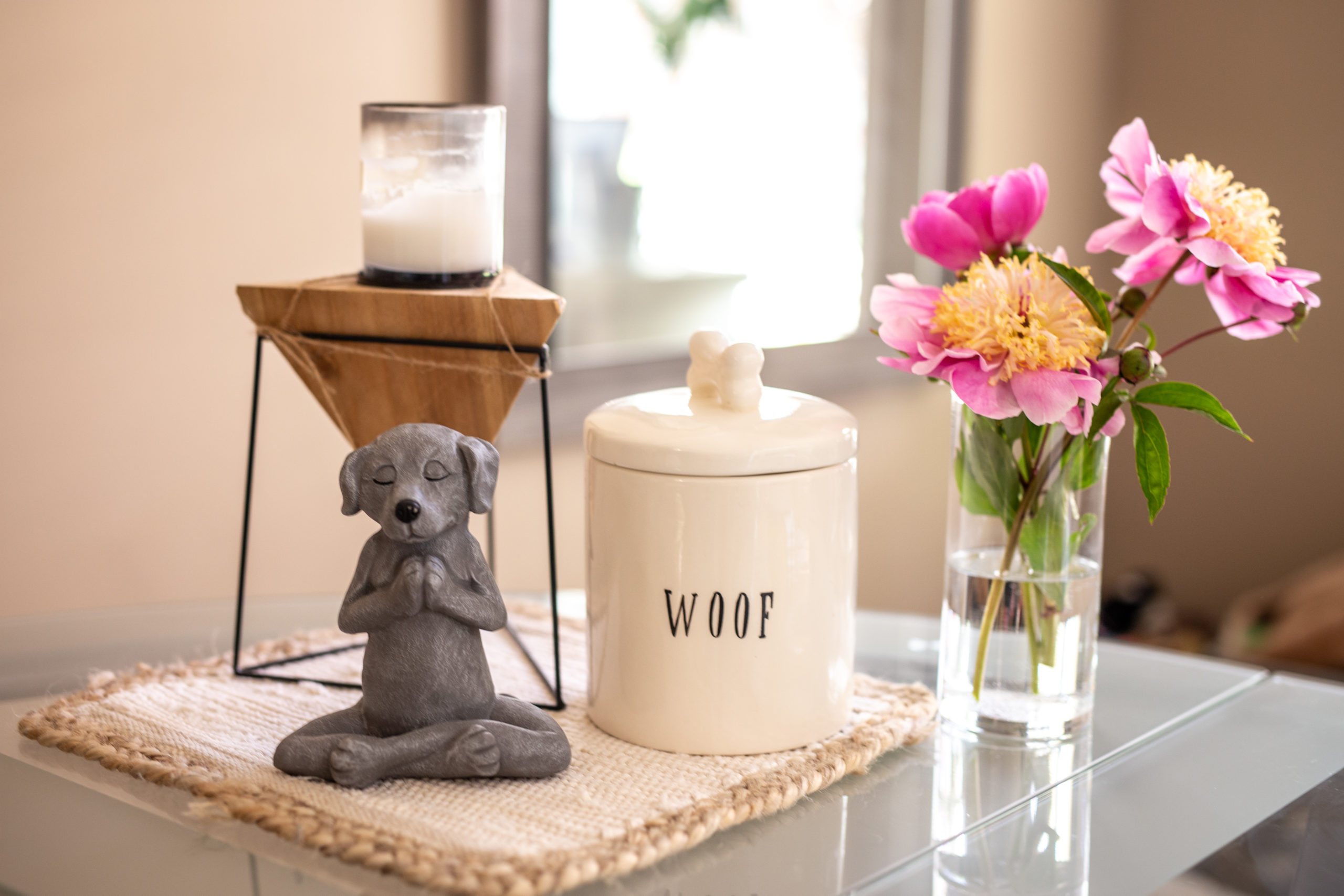These five favorite “go-to” trick training techniques are fun and simple to learn. You will know when the experience of learning has happened for you and your dog when you have continued success over and over. You will both achieve results together building a bond based on trust, communication, and mutual respect. Enjoy the learning process! This is what dog training is all about. Find the technique that works best for both of you, the learner and the teacher!
Not every method will work for every dog or teacher. In time, you will develop cues and hand signals and your dog will begin to understand what it is that you are asking for and trying to achieve. Follow these methods and sometimes you may even use a combination of a few of them, but always going back to this classical conditioning toolbox is your best bet!
Shaping
The method of shaping involves baiting (rewarding) each attempt in the right direction toward success! The key to shaping a desirable response is to reinforce achievable steps and take anything you can get that gets you closer. For example, if you wanted your dog to go to his bed and lay down. You would first reward the dog for just attempting to go near the bed. Since that was so easy, most likely your dog will eagerly attempt to go near the bed once again for another reward! Next, you expect just a tad bit more by expecting the sit cue while being on the bed for the reward this time. Next, you might go for the “down” cue after you hold out and wait for a bit until you get what you’re looking for. With the shaping technique, you’re able to move at your dogs’ pace. Take your time. I never expect too much too soon and always allow the dog to lead when I teach using this method.
Sometimes with the shaping method, you just need to wait and see what you can get. Let your dog offer what they are capable of. I shaped the fun trick of playing the piano with my Maltese named, Hollywood. I waited it out to see if I could get her to play a few more keys in a row before giving the treat after her first few attempts. Her personality was so funny, she played the heck out of those keys wanting the treat so bad that ever since then when she played that piano she belted on those keys like Elton John every single time! Have fun with shaping, see what your pup will offer. It’s a bonding time and a learning experience for the learner and the teacher.
Luring
The method of luring is probably the most popular amongst force-free trainers. This method is easy and involves taking a yummy, (super delicious!) soft, food treat and placing the reward in front of the dogs nose so you can “steer” the dog into the desired position you are trying to achieve. Then, you transition from luring into a hand signal and from that point add your verbal cue.
Beginner trainers may rely on this method more heavily, while more advanced trainers aim to avoid it when possible. It’s important to fade out a food lure as soon as you can, otherwise, the pup may only comply if the handler is holding a treat near the dog’s nose.
A few tips with lure training
- Try to get rid of the lure as soon as you can!
- Use quick marker words like, “Yes!” or “Yay!” if you aren’t training with a clicker.
- Always vary your criteria, making it just a tad bit harder each time.
- If you expected too much too soon, just go back to where you had success!
- If your dog isn’t engaged in your lure, the lure isn’t good enough. Go grab something yummier and stinkier!
Capturing
When you capture a cue, you’re simply giving a reward when a natural behavior is exhibited. For example, when your dog sneezes, you would say, “Good sneeze!” to capture that behavior, name it and reinforce it. This is how I taught my Golden Retriever how to stretch on command. As he’s aging, I want him to stretch after he naps so he doesn’t pull a muscle when it’s time to transition and head outside. I also like him to stretch before walks or car rides. Each day after a long sleep or naps, he stretches, so I captured the behavior. Now I ask with a cue for him to stretch on command. Capturing is meant for behaviors that your dog will naturally do on their own such as yawning, stretching, sneezing, barking, laying their head down or even a head tilt.
Targeting
“Luring keeps the animal thinking about the reinforcement or the treat, while targeting gets the animal thinking about the task.” – Karen Pryor
This method is typically isn’t taught in standard force-free dog training courses for the general public. Normally you will see target training used for trick training, agility, rally, pro and competition dog training. Target training is the art of teaching your dog to touch a designated body part to a designated location. For example, your dog would touch his nose to the potty bell or to your finger. Maybe you will target your dog to touch his paw to the palm of your hand. The goal is to prompt a behavior without a food lure. Target training will allow you to teach your dog how to:
- Ring bells
- Close and open doors
- Turn on and off lights
- Advanced trick training
- Increased distance cues
- Locate and easily identify areas or zones
- Great for sports such as dog dancing, rally and agility
- Mat, place and platform work
- Polite greetings
Modeling
Modeling is when you physically manipulate your dog’s body into a position. This method is tempting, however, this can make your dog reluctant to learn and fearful. This method also can delay the learning process since the dog isn’t required to use the motor skills needed to learn on his own. As humans, we don’t learn to drive by having someone press our foot down on the gas pedal, the learning process just doesn’t work like that.
When you’re attempting to teach a trick or a cue that involves a series of steps make sure you your patience pants on! Nice deep breaths and calm energy will help too. Think of a flower that grows. There are roots underground, then a root and a small bud, and one day a beautiful bloom! Take your time. Everything in nature, including us, evolves and learns in our way and our own pace. Just as you can’t make a flower grow, you can’t make your dog ring the bell and actually learn that this means it’s time to go potty outside. It’s a process – a learning and developmental process.
Engage, teach and have fun together as a team and be careful that neither of you are getting burned out! If so, move on to something easier and go back to a simple cue you know the dog will respond to so you both feel rewarded. End your sessions positive and go back and play again later. It’s better to practice frequently than it is to play and practice for too long and get impatient, bored or frustrated.
About Wag n Tails Seminars
We offer seminars on a variety of topics from basic obedience to understanding how your dog learns and responds to cues. We also discuss how to properly use positive reinforcement in dog training and how to be consistent with rewards.
Our seminars are interactive and informative with plenty of hands-on activities. We discuss different dog behaviors and how to structure training around them. We also talk about how to deal with specific issues such as dog nutrition, your dog’s body language, enrichment, treat retreat, barking, aggression, and much more!
Learn more here.
Don’t forget to take a peek at our store, here.
About the Author:
Christine Fox, APDT, CTDI and a Pet Sitters International member, is the founder of Wag n Tails in Michigan. She has been involved with many pet dog trainer certification initiatives, all based on learning techniques that involve humane practices and the latest in scientific research. Christine also raised a service dog for Paws With a Cause and plans to train her newest pup in therapy work. Through her work with dogs and their parents, Christine has developed many happy and healthy relationships with both humans and dogs in the community.
